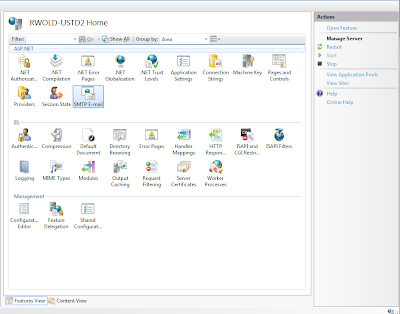When trying to run the Windows 8 Preview in Windows Virtual PC, it just didn't work... I uninstalled, re-installed Virtual PC, rebooted, re-downloaded the ISO, and then realized I should have googled it sooner :-)
There Error I got was:
:(
Your PC ran into a problem and needs to restart. We're just collecting some error info, and then we'll restart for you.
If you'd like to learn more, you can search online later for this error: HAL_INITIALIZATION
Quick Google search revealed that the native virtualization solution for Windows 7 doesn't run Windows 8!
Err....
The funny thing is that apparently it works in every Third Party virtualization environment... just none of the ones made by Microsoft.
Here are the details I found:
Forum members are reporting success using a few products. Of the most popular options, our baseline assessment is as follows:
Functional:
- Hyper-V in Windows 8 Developer Preview
- Hyper-V in Windows Server 2008 R2
- VMware Workstation 8.0 for Windows
Non-functional:
- VirtualBox 4.1.2 for Windows
- Microsoft Virtual PC (all versions)
- Microsoft Virtual Server (all versions)
- Windows 7 XP Mode
- VMWare Workstation 7.x or older




